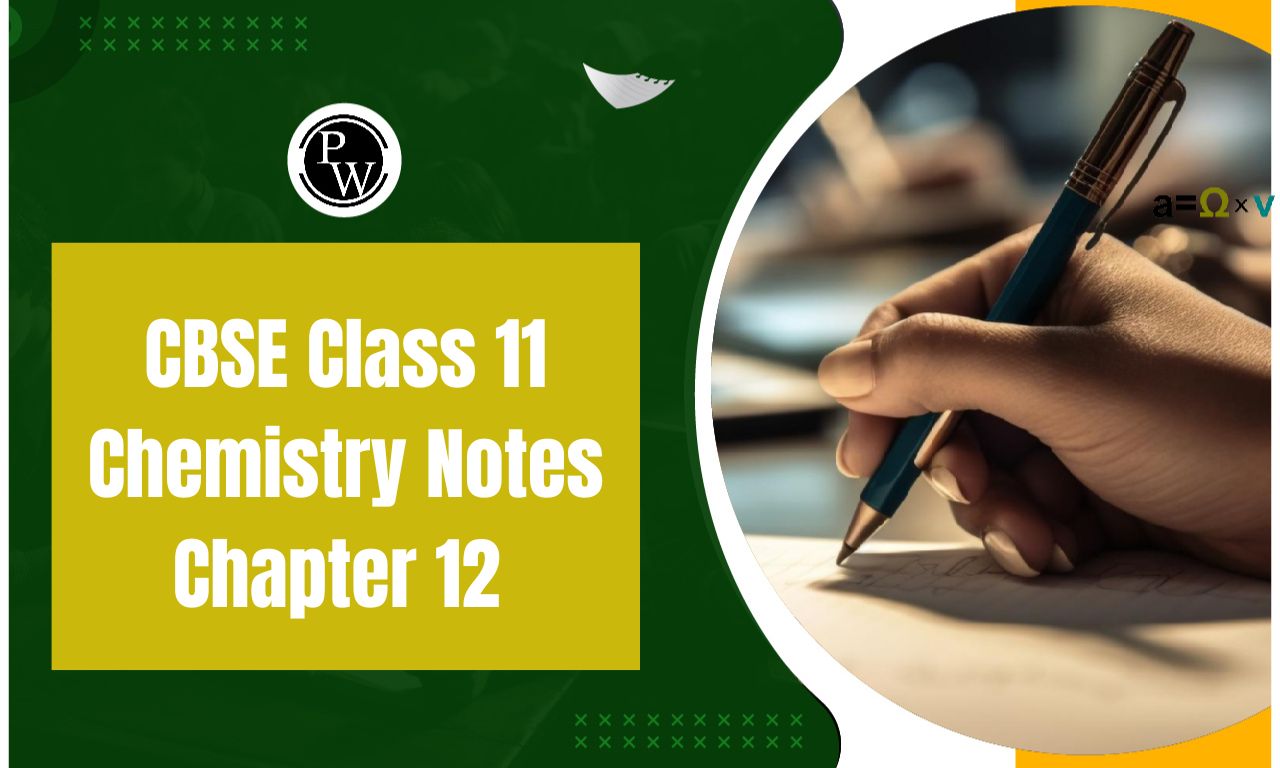
CBSE Class 11 Physics Viva Questions: The CBSE Class 11 Physics Viva is an essential component of practical exams, testing students' understanding of fundamental physics concepts and experiments. Questions typically focus on basic theoretical principles, experimental procedures, and observations from the syllabus. Topics include mechanics, properties of matter, waves, and thermodynamics.
Students may be asked to explain the working of instruments like the vernier caliper, screw gauge, or to derive and interpret formulas such as those for acceleration due to gravity or the laws of motion. They may also face questions about precautions taken during experiments and the sources of errors. Preparing by revising practical concepts, diagrams, and formulae ensures confidence and clarity, enabling students to perform well in the viva exam.CBSE Class 11 Physics Viva Questions
A key part of the practical test is the CBSE Class 11 Physics Viva, in which students are evaluated on their theoretical knowledge, comprehension of experimental setups, and capacity to communicate their findings. Students are expected to respond to questions on the experiments, underlying theories, and formulas utilised during the viva. The examiner may enquire about the experiment's purpose, the importance of the findings, any safety measures implemented, and how the outcomes relate to theoretical ideas. In order to adequately prepare for the viva, students ought to:Know the Theory: Have a solid understanding of the basic ideas and physics principles that guide the experiments.
Learn how the experiment is set up: Know the equipment, the process, and the goal of every experiment.
Describe the Observations Clearly: Have the ability to explain the findings and their connection to the hypothesis.
Practice Frequently Asked Questions: Get ready for frequently asked viva questions, like:
- What is the aim of this experiment?
- Which formula is used in this experiment?
- What are the precautions to be taken during this experiment?
- How do you calculate the uncertainty in measurements?
CBSE Class 11 Physics Viva Questions PDF
CBSE Class 11 Physics Viva Questions are crucial for understanding practical applications of physics concepts. These questions often cover theoretical principles, experimental techniques, and important formulas from the syllabus. To help students prepare effectively, we have provided a comprehensive CBSE Class 11 Physics Viva Questions PDF below. This PDF includes essential viva questions, explanations, and tips to excel in your practical exam. Download the PDF to strengthen your preparation and boost your confidence.CBSE Class 11 Physics Viva Questions PDF
CBSE Class 11 Physics Viva Questions with Answers
The CBSE Class 11 Physics Viva is a significant part of the practical examination, testing students' grasp of advanced concepts and experiments. Questions often revolve around topics such as optics, electromagnetism, electronics, and modern physics, along with experimental setups, observations, and calculations. To assist students in their preparation, we have compiled a detailed CBSE Class 11 Physics Viva Questions with Answers PDF below. This resource includes commonly asked viva questions along with concise and accurate answers, ensuring thorough preparation. Download the PDF to gain clarity on key concepts, understand practical applications, and excel in your Physics viva exam.1. Define vernier callipers.
Answer. The primary use of this measuring tool is to measure linear dimensions. The diameters of spherical objects are measured with vernier callipers.
2. What does a calliper mean.
Answer. Calliper is a device used to measure the dimensions of an object.
3. What are the scales in a Vernier Calliper.
Answer. Scales on a Vernier callipers are - the main scale and a Vernier scale.
4. What is the least count of vernier calliper also known as?
Answer. The least count of vernier calliper is also known as the vernier constant.
5. Define the vernier constant or least count.
Answer. It is the difference between the value of one main scale division (MSD) and one vernier scale division (VSD).
6. What are the various sources of errors while measuring in vernier callipers?
Answer. Sources of errors in vernier calipers include improper zero adjustment (zero error), parallax errors in reading scales, uneven surface of the object, incorrect alignment, and user handling inaccuracies during measurement.
7. What is meant by a measuring tool?
Answer. Generally speaking, measuring instruments are devices that are used to determine physical quantities of a body, such as temperature, length, height, width, etc.
8. What are the main examples of measuring tools?
Answer. The main examples of measuring instruments are vernier calliper, surface plate, slip bar, screw gauge, dial gauge, etc.
9. What is the unit of volume?
Answer. Cubic meter is the unit of volume.
10. What is meant by volume?
Answer. Volume is generally defined as the amount of space acquired by a body.
11. What is the S.I. unit of density?
Answer. Kilogram per cubic meter is the S.I. unit of density.
12. What is a screw gauge?
Answer. It is an instrument used to calculate the thickness of a metal plate or diameter of a wire and to mainly calculate the dimensions of small objects, up to 0.001 mm more precisely.
13. Can the screw gauge measure spherical or cylindrical objects?
Answer. Yes, the screw gauge can measure spherical or cylindrical objects.
14. Define the pitch of the screw gauge.
Answer. It is the distance moved by the screw when the screw completes one rotation between the consecutive threads.
15. Who invented the first screw gauge?
Answer. The first screw gauge was created in the 17th century by William Gascoigne.
16. Can we get the back-lash error in the screw gauge?
Answer. Yes, a back-lash error can be seen while measuring in the screw gauge.
17. What is elasticity?
Answer. The property of a body under which a body tends to regain its original shape or size when external forces are removed is called elasticity.
18. What is the dimension of strain?
Answer. Strain is a dimensionless or unitless quantity.
19. Define stress.
Answer. Stress is a physical quantity measured as the force per unit area. It is given by the formula: Stress = Force/Area.
20. What is the unit of stress?
Answer. The unit of stress is N/m 2 .
21. What is the SI unit of Young’s modulus?
Answer. The SI unit of Young’s modulus is Pascal.
Marks Distribution for CBSE Class 11 Physics Viva Questions
The Marks Distribution for CBSE Class 11 Physics Viva Questions highlights the weightage assigned to viva in the practical exams. Viva typically assesses students' understanding of theoretical concepts, experimental procedures, and observations. Below, we have provided a detailed breakdown of marks distribution to help you prepare effectively and score well.|
Marks Distribution for CBSE Class 11 Physics Viva Questions |
|
| Component | Marks |
| Two experiments (one from each section) | 7 + 7 = 14 |
| Practical record (experiment and activities) | 5 |
| One activity from any section | 3 |
| Investigatory Project | 3 |
| Viva on experiments, activities, and project | 5 |
| Total | 30 |
Benefits of Preparing CBSE Class 11 Physics Viva Questions
Preparing CBSE Class 11 Physics Viva Questions in detail offers several benefits that enhance understanding and performance during practical exams:Conceptual Clarity : Revisiting core principles and practical applications strengthens theoretical knowledge and boosts confidence.
Practical Understanding : Helps grasp the working of instruments like vernier calipers, screw gauge, and principles behind key experiments.
Error Analysis : Encourages awareness of potential errors, enhancing precision in experimental work.
Improved Communication : Develops the ability to explain concepts and observations clearly and concisely during the viva.
Exam Readiness : Familiarizes students with commonly asked questions, reducing anxiety and improving performance.
Critical Thinking : Enhances analytical skills through detailed study of formulas, derivations, and experimental outcomes.
CBSE Class 11 Physics Viva Questions FAQs
Is there Viva in class 11 CBSE?
What is the hardest topic in class 11 physics?
How to get full marks in Viva?
What is meant by V in physics?










